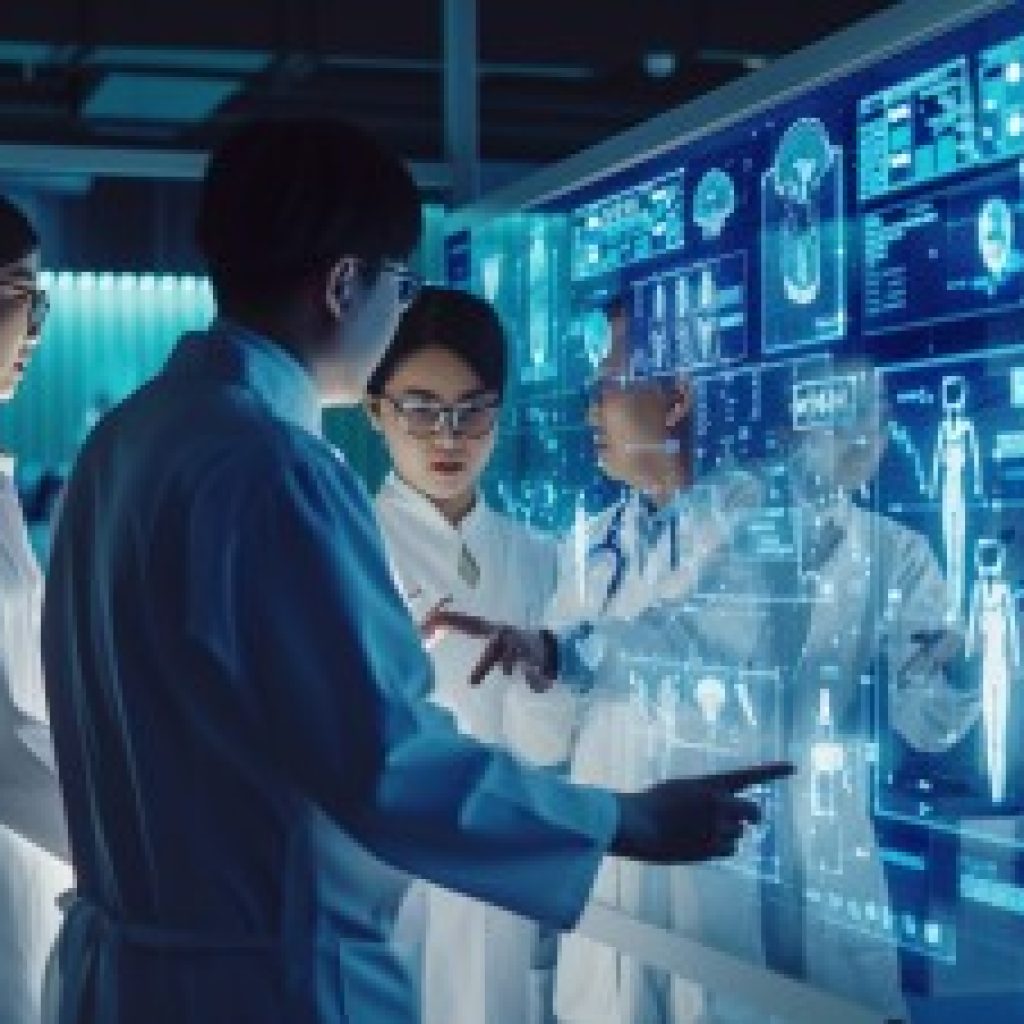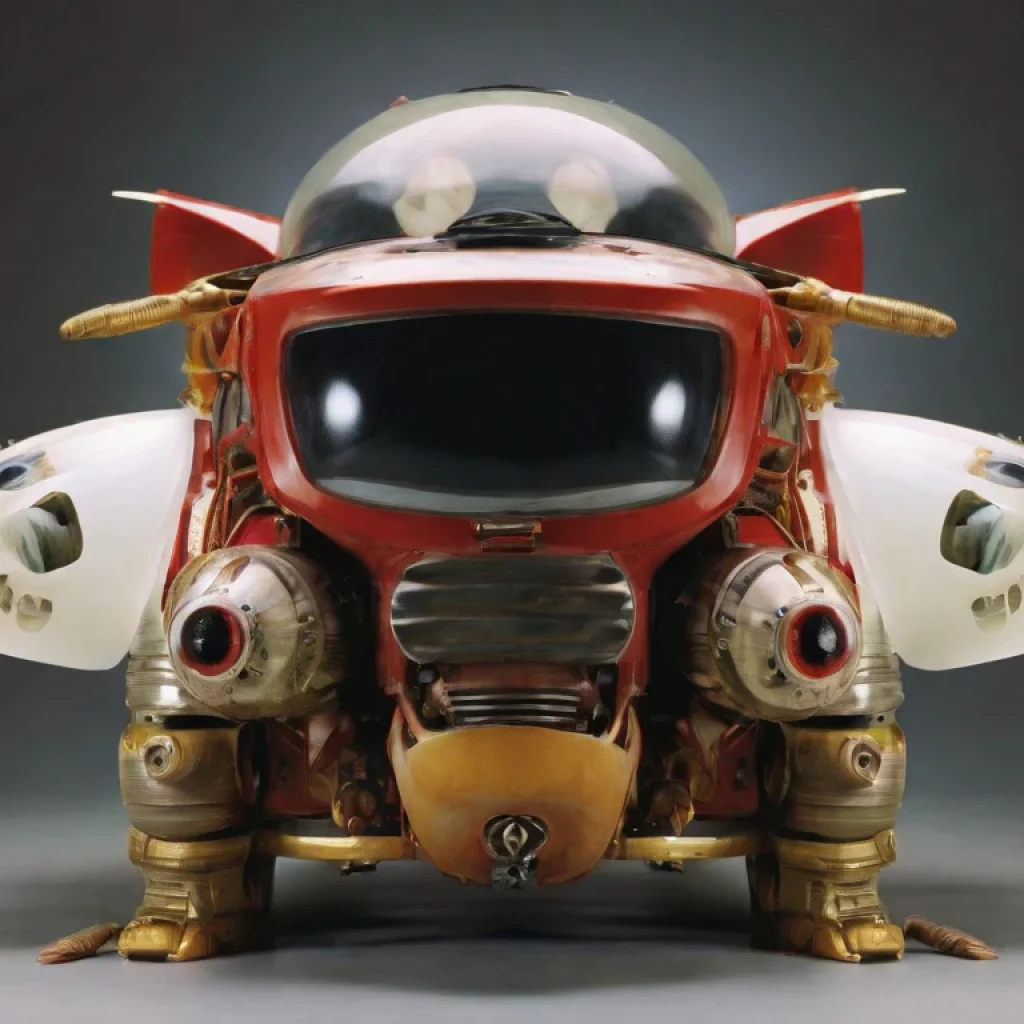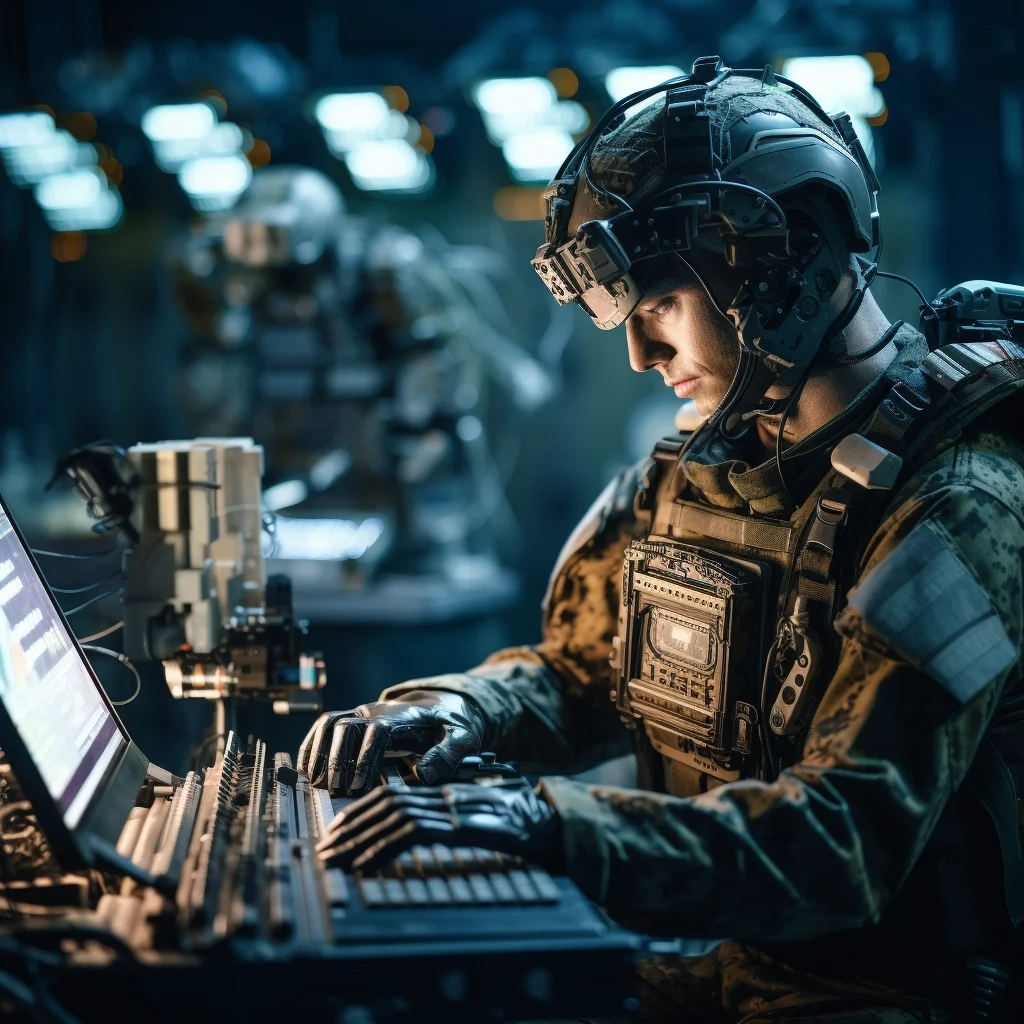AI technology is slowly climbing up the ladder of “hyperrealism.” Recent study findings showed that AI could generate images that appear more realistic to people than the actual images of real-life people.
AI Generate Better Faces of White People
In the study, the participants (all of whom were white) were asked to differentiate between 100 images of real and AI-generated faces. Some of the participants perceived AI images as more “real” than the real ones.
“We were so surprised to find that some AI faces were perceived as hyperreal that our next step was to attempt to replicate our finding from reanalyzing Nightingale & Farid’s data in a new sample of participants,” said Amy Dawel, a clinical psychologist and lecturer at the Australian National University, behind the study.
The study shed light on some disturbing sides to the hyperrealism of AI – racial bias.
Is AI Unconsciously Racial Biased?
AI succeeded more in generating realistic faces of white people than people of colour, which, according to Dawel, stems from the lack of diverse training data and algorithms – i.e., the algorithms were disproportionately trained on the faces of white people, making them unconsciously biased towards white features.
Dawel fears this could further exacerbate social problems. If AI consistently portrays people of colour as falling into the uncanny valley, it could perpetuate negative stereotypes and reinforce existing biases about their appearance and authenticity.
Another pressing concern from the study is the possible rise in deepfakes. Seeing how many people confidently picked AI images as “real,” Dawel fears that many could be deceived with fake images if they fall into the wrong hands.
“Much of the new AI is not transparent like this, though, and the investment in [the] AI industry is enormous while the funding for science to monitor it is minuscule, hard to get, and slow,” Dawel said.





